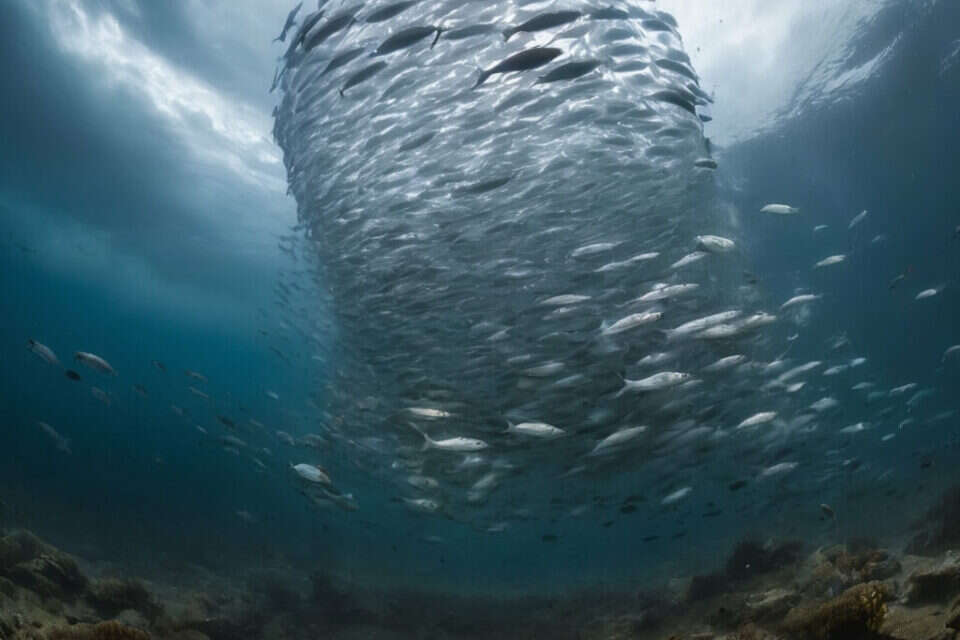Small fish, such as anchovies that are 2-40 cm long, play a significant role in so-called ocean mixing - a process essential to maintaining the ocean's ecosystem, during which nutrients rise from lower layers of the ocean to the upper layers, and feed the fish that live in them. The exciting discovery was told with the help of Forefront.
The phenomenon was observed during a study off the coast of Galicia in northwestern Spain, during which researchers discovered that the energetic movements of the anchovy fish during their mating frenzy created strong eddies in the water, which led to the mixing of different ocean layers.
The study, conducted by a team of researchers, involved measuring water turbidity and ecological indicators over a period of 15 days.
Surprisingly, the researchers detected extremely high levels of turbulence every night, similar to those caused by a major storm, even though the weather that week was calm and the tide was weak.
The researchers identified the presence of the fish as the cause of this "storm" after they caught in their nets thousands of tiny fish eggs, probably of European anchovies.
Further analysis revealed that small-scale temperature fluctuations were more than tenfold greater during the night when the anchovies were present, indicating that biological mixing was indeed occurring.
This finding challenges the conclusions of previous studies, according to which the movements of fish in the water could never create a strong enough mixing motion to mix different layers of the ocean.
The researchers believe that the unique observation is related to the physics of eddies and the specific vertical variations of water properties in the study area.
The sharp vertical variations, or "vertical stratification" in the water layers, allowed the small-scale movements created by the fish to intensify and lead to ocean mixing, unlike previous studies conducted in areas with weaker stratification.
were we wrong
We will fix it!
If you found an error in the article, we would appreciate it if you shared it with us

